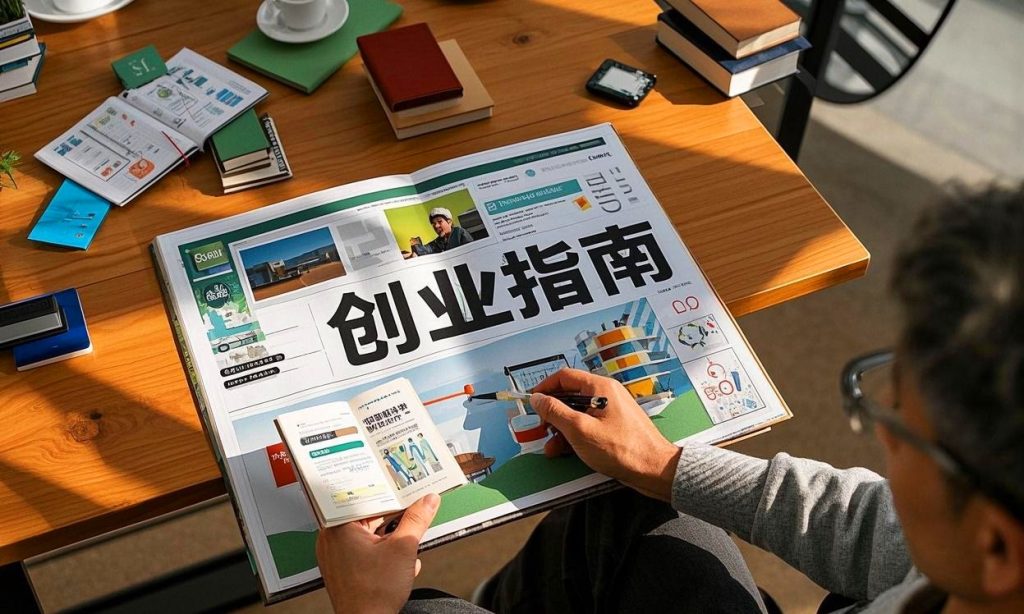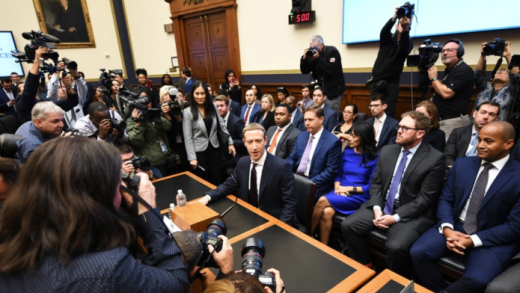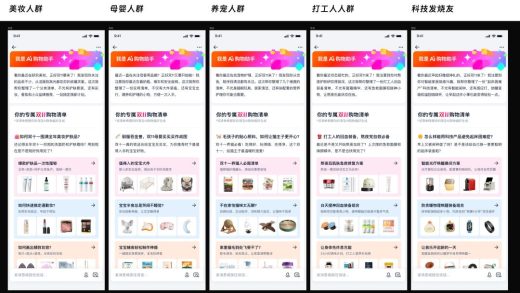
The Economics of “People Only Live for a Few Moments”: The Most Counterintuitive Entrepreneurship Opportunities in 2025
Solving the Puzzle: Why Does “People Only Live for a Few Moments” Become an Economic Phenomenon?
The concept of “People only live for a few moments” originated from the verses of the Russian poet Pasternak and has been widely quoted in recent years to describe the modern people’s redefinition of the meaning of life. From an economic perspective, this phenomenon reveals profound changes in consumer behavior: people are increasingly willing to pay for those moments that can bring “highlight moments” or “peak experiences” while ignoring the mediocrity and repetition of daily life.
1. The Upgrade of the Attention Economy
In the era of information explosion, people’s attention has become a scarce resource. What can capture users’ attention is no longer continuous services but products or experiences that can create “moments.” For example, the popularity of short – video platforms is precisely because they can provide emotional value to users within a few seconds.
2. The Deepening of the Experience Economy
Traditional experience economy emphasizes the “process,” while “moment economics” focuses more on the “result.” Consumers are no longer satisfied with long – term travel or learning processes but hope to directly obtain the “sense of achievement of reaching the summit” or the “joy of epiphany.”
3. Counterintuitive Entrepreneurship Opportunities
The most counterintuitive entrepreneurship opportunities in 2025 lie in: Abandon the pursuit of long – term user loyalty and instead focus on creating “momentary” value for them. This is contrary to the traditional business logic that emphasizes user retention and repurchase.
Finding the Solution: How to Seize the Entrepreneurship Opportunities in “Moment Economics”?
1. Identifying the Needs for “Moments”
Entrepreneurs need to find scenarios that can bring strong emotional fluctuations to users, such as:
– Achievement moments: Completing a challenge and getting recognition.
– Emotional moments: Reunions, confessions, and farewells.
– Epiphany moments: Suddenly understanding a complex concept or solving a difficult problem.
2. Designing “Moment” Products
- Instant gratification: Shorten the time from the emergence of users’ needs to their satisfaction. For example, a 15 – minute “micro – travel” experience.
- High emotional value: Products need to be able to quickly arouse users’ emotions, whether it is happiness, touch, or shock.
- Social attributes: Enable users to be willing to share these moments, thus forming a fission – style spread.
3. Business Model Innovation
- Charge by “moments”: Traditional business models charge by time or service, while “moment economics” can charge by the number of “moments” users obtain.
- Subscribe to “moments”: Provide users with different “moment” experiences regularly, similar to the blind – box model.
- Second – hand “moment” market: Allow users to trade or share their “moment” experiences.
Case Supplements: Classic and Emerging Practices of “Moment Economics”
1. Classic Case: Disney’s “Magical Moments”
The success of Disney parks largely depends on the “magical moments” they create for tourists. Whether it is taking photos with cartoon characters or watching the fireworks show, these moments become the core of tourists’ memories and even overshadow the unpleasant experiences of queuing and overcrowding.
2. Emerging Case: Pop – Up Experiences
In recent years, pop – up experiences have become representatives of “moment economics.” For example:
– Secret Cinema: It restores movie scenes into immersive experiences, where the audience is not only a viewer but also a participant.
– TeamLab Exhibition: It creates “epiphany moments” for users through light and shadow art and has become a hit on social media.
3. Counterintuitive Case: The “Last Moment” in Funeral Planning
In traditional concepts, funerals are sad occasions, but emerging startups are starting to design them as “the last moment of life.” Through customized ceremonies, video memorial albums, etc., they make the last journey of the deceased a highlight moment in the memories of relatives and friends.
Conclusion: In 2025, Those Who Can Create “Moments” for Users Will Win the Market
The economics of “People only live for a few moments” reveals the essence of modern consumer behavior: users are willing to pay for those moments that can define their lives rather than for the mediocre daily life. The most counterintuitive entrepreneurship opportunities in 2025 are:
1. Abandon long – term retention and focus on momentary value.
2. Move users with emotions rather than functions.
3. Make “moments” a social currency.
Entrepreneurs need to break out of traditional thinking and redefine the core value of products and services. As the poet said, “People don’t live for a lifetime but for a few moments.” Perhaps the future of business lies in these moments.
“人只活几个瞬间”经济学:2025年最反常识的创业机会|创始人Q&A
- Startup Commentary”Building LLMs: The Knowledge Graph Foundation Every AI Project Needs”
- Startup Commentary”The 17th Year of Tmall Double 11 and the New Map Rewritten by AI”
- Startup Commentary”How to Prepare Your Data for Artificial Intelligence”
- Startup Commentary”Small and Medium-sized Banks: “Cutting the Tail” in Loan Assistance”
- Startup Commentary”The Six AI Giants on Stage: AGI Is No Longer a “Future” Thing”





